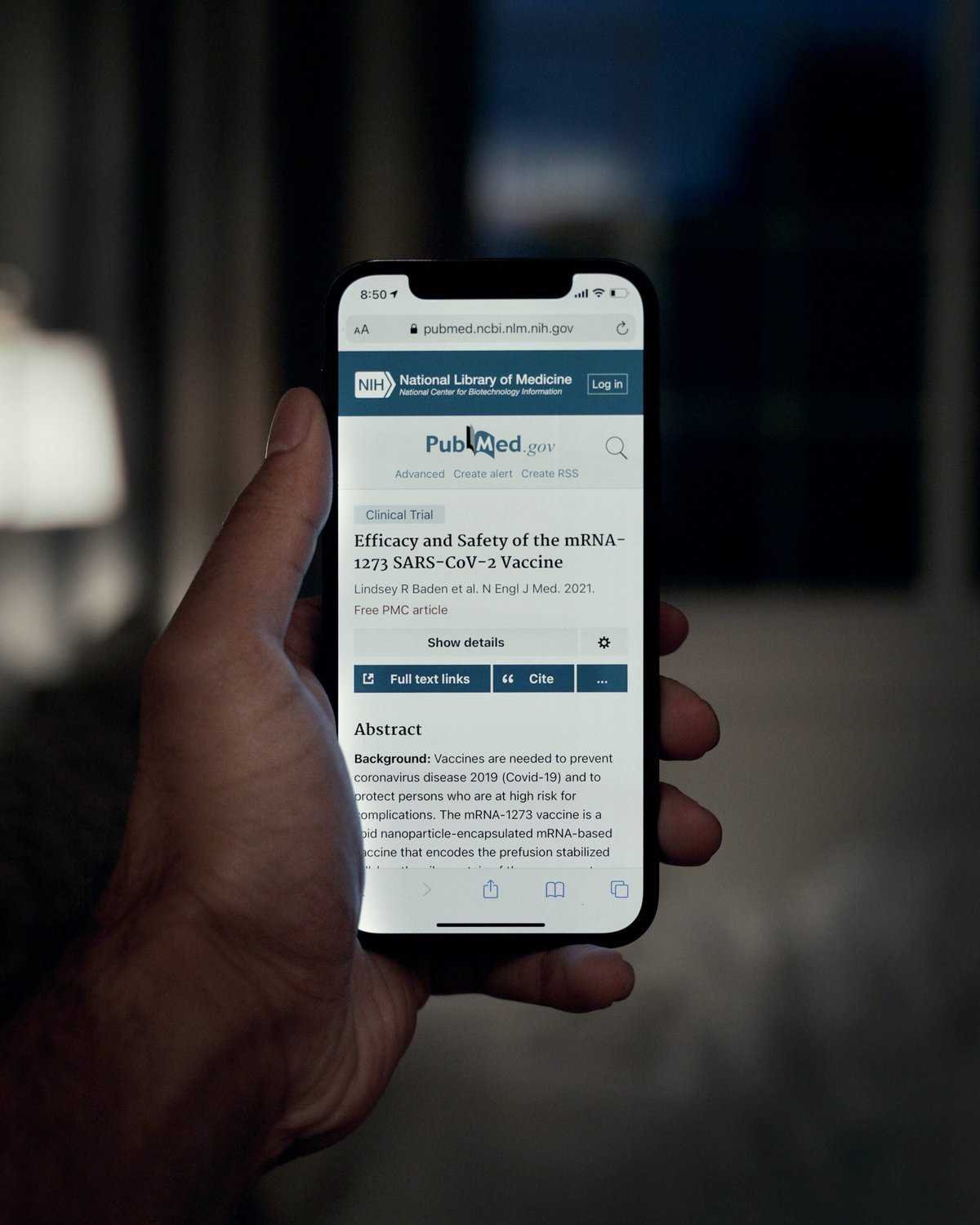Imagine this scenario: you’re the owner of a well-constructed and efficient well, supplying precious water or vital resources to your community. However, you suddenly encounter a problem – wellhead and well cap damage. Though seemingly minor, these issues can escalate quickly if left unresolved. But fear not! This article will provide you with essential tips and techniques to prevent such damage from occurring in the first place. By implementing these preventative measures, you can ensure the longevity and optimal functionality of your well, keeping your community supplied and thriving. So, let’s dive right in and discover how you can safeguard your wellhead and well cap.
Inspecting wellheads and well caps
Regular visual inspections
Regular visual inspections are essential to prevent wellhead and well cap damage. By conducting these inspections, you can identify any signs of wear and tear, corrosion, or other potential issues early on. During your inspections, carefully examine the wellhead and cap for any cracks, leaks, or misalignments. Look out for signs of rust or corrosion, which can weaken the structure over time. Additionally, check the integrity of the bolts and seals. By catching these issues early, you can schedule timely repairs or maintenance to avoid further damage.
Performing structural integrity checks
Performing structural integrity checks is another crucial step in preventing wellhead and well cap damage. These checks involve assessing the overall condition and stability of the wellhead and cap. Check for any signs of structural weakness, such as bent or damaged components. Ensure that the wellhead and cap are properly anchored to prevent any movement or shifting. If you notice any significant damage or instability, it is important to address it promptly to avoid potential accidents or further deterioration.
Checking for signs of corrosion or damage
Corrosion can significantly compromise the integrity of wellheads and well caps. Regularly checking for signs of corrosion is vital in preventing damage. Inspect the entire surface of the wellhead and cap for any signs of rust, pitting, or discoloration. Additionally, pay close attention to areas where dissimilar metals come into contact, as this can accelerate corrosion. If you notice any signs of corrosion, take immediate action by cleaning the affected areas and applying appropriate protective coatings or corrosion inhibitors. Timely intervention can help extend the lifespan of your wellhead and cap.
Maintaining proper wellhead and cap installation
Ensuring proper alignment and fit
Proper alignment and fit during wellhead and cap installation are crucial for preventing damage. Ensure that the wellhead and cap are aligned correctly with the casing and that they fit securely. Misalignment can lead to stress and pressure points, increasing the risk of leaks or structural failure. It is advisable to work with experienced professionals during the installation process to ensure proper alignment and fit. Regularly check the alignment and fit of the wellhead and cap during inspections and address any issues promptly.
Using appropriate gaskets and seals
Using appropriate gaskets and seals is essential for maintaining the integrity of wellheads and caps. These components provide a seal between different sections of the well system, preserving its efficiency and preventing leaks. Choose gaskets and seals that are compatible with the materials used in your wellhead and cap. Regularly inspect the condition of the gaskets and seals, looking out for any signs of wear or deterioration. If necessary, replace them promptly to prevent potential leaks and damage.
Applying proper torque during installation
Applying proper torque during wellhead and cap installation is crucial to ensure a secure and leak-free connection. Insufficient torque can lead to loose fittings, while excessive torque can cause damage to the components. Follow the manufacturer’s guidelines and recommendations for torque specifications during installation. It is also advisable to consult with professionals or experienced well service providers to ensure that the proper torque is applied. Regularly check the tightness of the bolts during inspections and tighten them if necessary.

Implementing protective measures
Using wellhead and cap guards
Using wellhead and cap guards can provide an additional layer of protection against physical damage. These guards are designed to shield the wellhead and cap from potential hazards such as falling objects or accidental impacts. Install guards that are specifically designed for the size and type of your wellhead and cap. Regularly inspect the guards for any signs of damage and replace them as needed. Wellhead and cap guards can significantly reduce the risk of damage and extend the lifespan of these critical components.
Installing fencing or barriers
Installing fencing or barriers around the wellhead and cap area can further enhance their protection. This helps prevent unauthorized access and accidental damage from vehicles or machinery. Use sturdy fencing materials that are resistant to corrosion and ensure that the fencing is securely anchored to the ground. Regularly inspect the fencing for any signs of damage or degradation, and promptly repair or replace any compromised sections. By restricting access and providing a physical barrier, you can minimize the risk of wellhead and cap damage.
Using protective coatings or corrosion inhibitors
Protective coatings and corrosion inhibitors serve as a proactive measure against corrosion and rust. Apply suitable coatings to the surfaces of the wellhead and cap to provide a protective barrier against environmental factors. These coatings can also enhance the durability and longevity of the components. Additionally, consider using corrosion inhibitors that can be applied to specific areas prone to corrosion or rust. Regularly inspect the condition of the coatings and reapply as necessary. This preventive measure can significantly reduce the risk of damage due to corrosion.
Applying preventive maintenance
Regular cleaning and debris removal
Regular cleaning and debris removal are essential for maintaining the functionality of wellheads and caps. Remove any accumulated dirt, debris, or vegetation from the surfaces and surrounding areas of the wellhead and cap. This prevents corrosion and deterioration while improving overall visibility during inspections. Pay special attention to the sealing areas and ensure they are free from any obstructions or blockages. Implement a regular cleaning schedule and incorporate debris removal as part of routine maintenance to keep your wellhead and cap in optimal condition.
Applying lubricants or anti-seize compounds
Applying lubricants or anti-seize compounds can help prevent friction and minimize wear and tear on wellhead and cap components. These substances reduce the risk of seizing or sticking of moving parts, ensuring smooth operation. Apply lubricants to valves, fittings, and other moving components as recommended by the manufacturer. Additionally, consider using anti-seize compounds on threaded connections to facilitate future maintenance or disassembly. Regularly inspect the lubricated areas and reapply the substances as needed to maintain proper functionality.
Inspecting and maintaining valves and fittings
Valves and fittings play a critical role in the operation of wellheads and caps. Regularly inspect these components for any signs of leaks, malfunctions, or damage. Ensure that valves open and close smoothly and that fittings are secure. Regular maintenance tasks for valves may include lubrication and testing for proper functionality. If any issues are identified during inspections, promptly address them through repairs or replacements. Maintaining valves and fittings in good condition is vital for preventing damage to the overall wellhead and cap system.

Managing water levels and pressure
Monitoring and controlling water levels
Monitoring and controlling water levels is important to prevent excessive stress on wellheads and caps. Excess water pressure can lead to leaks, structural damage, or even well blowouts. Regularly monitor and record water levels to ensure they remain within safe operating limits. Implement appropriate pumping or drainage systems to regulate water levels as necessary. By effectively managing water levels, you can minimize the risk of damage to your wellhead and cap.
Avoiding excessive pressure
Excessive pressure can pose a significant risk to wellheads and caps, making it crucial to avoid such conditions. Ensure that the pumping system is properly calibrated to maintain pressure within the recommended range. Regularly inspect pressure gauges and other monitoring equipment to ensure accurate readings. If you notice any irregular or excessively high pressure, take immediate action to rectify the issue. Failure to address excessive pressure can lead to catastrophic wellhead and cap damage, compromising the safety and functionality of the well system.
Implementing appropriate pressure relief mechanisms
Implementing appropriate pressure relief mechanisms is an effective preventive measure against wellhead and cap damage. Pressure relief valves or similar devices can automatically release excess pressure in the event of a system malfunction or a sudden pressure spike. Install and periodically inspect these devices to ensure they are in proper working condition. Regularly test the pressure relief mechanisms to validate their functionality and make any necessary adjustments. By having effective pressure relief mechanisms in place, you can safeguard your wellhead and cap from potential damage caused by excessive pressure.
Preventing weather-related damage
Covering wellheads and caps during storms
Weather events such as storms can pose a risk to wellheads and caps. During severe weather conditions, it is advisable to cover the wellhead and cap with a suitable protective covering. This protects the components from potential damage caused by heavy rain, hail, or flying debris. Use sturdy covers that are designed to withstand the specific weather conditions in your region. Ensure the covers are securely fastened to prevent them from being blown away by strong winds. By proactively covering your wellhead and cap during storms, you can minimize the risk of weather-related damage.
Insulating exposed components in extreme temperatures
Extreme temperatures, both hot and cold, can affect the performance and integrity of wellheads and caps. In regions with extreme weather conditions, consider insulating exposed components to mitigate potential damage. Insulation materials can help regulate temperature and prevent freezing or overheating of critical parts. Pay particular attention to areas prone to freezing, such as valves and fittings. Inspect the insulation regularly for any signs of wear or degradation and make necessary replacements or repairs. Proper insulation can extend the lifespan of your wellhead and cap by protecting it from the extremes of weather.
Monitoring freeze-thaw cycles
For regions experiencing freeze-thaw cycles, monitoring these conditions is crucial to prevent wellhead and cap damage. Fluctuating temperatures can cause expansion and contraction of materials, leading to cracks or leaks. Regularly monitor weather forecasts and be prepared to take appropriate action during freeze-thaw cycles. Implement insulation measures, as mentioned earlier, to protect vulnerable components from freezing. Additionally, conduct thorough inspections after extreme temperature changes to promptly identify any potential issues. By closely monitoring freeze-thaw cycles, you can minimize the risk of damage and ensure the longevity of your wellhead and cap.

Protecting against physical damage
Locating wellheads and caps away from potential hazards
Strategic placement of wellheads and caps is essential to protect them from potential physical damage. Avoid locating these components near areas prone to vehicular or machinery traffic. Additionally, keep them away from potential hazards such as construction sites or areas with heavy foot traffic. Carefully assess the surroundings and choose a location that minimizes the risk of accidental damage. Conduct regular inspections to ensure that there are no encroachments or new potential hazards in the vicinity of the wellhead and cap.
Marking their location clearly
Clear marking of the wellhead and cap location is important to prevent accidental damage. Install visible markers or signage to indicate the presence of the well system. Clearly mark boundaries and access points to prevent unauthorized entry. Regularly inspect and maintain the markers, ensuring they remain visible and legible. By clearly marking the location of the wellhead and cap, you can minimize the chances of accidental damage caused by excavation or construction projects.
Using protective casing or guards
Protective casing or guards can provide an additional layer of defense against physical damage. Install sturdy and durable casing around the wellhead and cap to protect them from unauthorized tampering or accidental impacts. Choose casing materials that are resistant to corrosion and external forces. Regularly inspect the condition of the casing and guards, addressing any signs of damage promptly. The use of protective casing or guards can significantly reduce the risk of physical damage and prolong the lifespan of your wellhead and cap.
Ensuring proper use and operation
Training for well operators and users
Proper training for well operators and users is crucial to prevent wellhead and cap damage. Ensure that anyone involved in the operation or maintenance of the well system receives comprehensive training. This includes understanding the correct procedures for operation, maintenance, and emergency response. Training should cover topics such as monitoring pressure, controlling water levels, and identifying signs of damage. Regularly update the training to incorporate new information or technologies. With well-trained operators and users, the risk of human error and subsequent wellhead and cap damage is significantly reduced.
Following recommended operational procedures
Following recommended operational procedures is vital to maintain the integrity of wellheads and caps. Ensure that all operators and users adhere to these procedures consistently. This includes proper startup and shutdown protocols, routine maintenance tasks, and safety guidelines. Regularly reinforce the importance of following these procedures through training and periodic reminders. By consistently following recommended operational procedures, you can minimize the risk of wellhead and cap damage and ensure the optimal performance of your well system.
Monitoring well activities for any signs of damage
Regularly monitoring well activities is crucial to identify any signs of damage or malfunction. Implement a monitoring system that includes regular checks for pressure, flow rates, and anomalies. Conduct frequent inspections of the entire well system, including the wellhead and cap, for any signs of leaks, cracks, or other damage. Establish a reporting mechanism where operators or users can document and report any observed issues promptly. By actively monitoring well activities, you can detect potential problems early and take immediate action to prevent further damage.
Maintaining accurate and detailed records
Documenting installation and maintenance activities
Maintaining accurate and detailed records is essential for effective wellhead and cap maintenance. Document all installation procedures and activities, including information about materials used, torque specifications, and alignment measurements. Similarly, maintain a record of all maintenance tasks performed, including cleaning, repairs, and replacements. By keeping thorough records, you can track the history of your wellhead and cap and identify any recurring issues or patterns. This information is invaluable when planning future maintenance or analyzing the performance of your well system.
Keeping track of wellhead and cap specifications
Keeping track of wellhead and cap specifications is vital for maintaining the integrity of these components. Record details such as model numbers, dimensions, and material specifications. This information helps ensure that the correct replacements or repairs can be made promptly if necessary. Additionally, maintain a record of the recommended maintenance schedules and procedures provided by the manufacturer. By having accurate and up-to-date specifications on hand, you can make informed decisions regarding the maintenance and care of your wellhead and cap.
Recording inspections and repairs
Recording inspections and repairs is a crucial aspect of wellhead and cap maintenance. Document the details of each inspection, including the date, findings, and any necessary actions taken. Similarly, record any repairs or replacements made, including the parts used and the date of the repairs. This information provides a comprehensive history of the condition and maintenance of your wellhead and cap. Periodically review these records to identify any recurring issues or trends, allowing you to take proactive measures to prevent further damage.
Coordinating with professionals
Consulting experienced well service providers
Consulting experienced well service providers is advisable for ensuring the proper care and maintenance of wellheads and caps. These professionals have extensive knowledge and expertise in working with well systems. Seek their advice and guidance on installation, maintenance, and repair procedures. They can provide valuable insights and recommendations tailored to your specific well system. Regularly engage with well service providers, establishing a collaborative relationship to stay informed about best practices and industry advancements.
Seeking professional advice for specific situations
Certain situations may require specialized professional advice to prevent wellhead and cap damage. For example, if you are planning wellhead and cap installation in a unique geological environment or encountering complex issues during maintenance, it may be necessary to seek specialized expertise. Engage with professionals who have experience in similar situations and can offer tailored advice and solutions. Collaborate with them to develop strategies that minimize the risk of potential damage and ensure the long-term functionality of your wellhead and cap.
Collaborating with maintenance and repair experts
Collaborating with maintenance and repair experts is crucial for addressing any identified issues promptly and effectively. Establish a relationship with professionals who specialize in wellhead and cap maintenance and repair. Seek their assistance for routine inspections, repairs, or more extensive maintenance activities. Regularly communicate and collaborate with these experts to discuss any concerns or observed issues. Their expertise and prompt intervention can help mitigate potential damage and ensure the continuous operation of your well system.
By following these comprehensive measures, you can greatly reduce the risk of wellhead and well cap damage. Regular inspections, proper installation, protective measures, preventive maintenance, and appropriate operation practices will help maintain the integrity and functionality of your wellhead and cap. It is essential to prioritize the safety and longevity of these critical components to ensure the reliability of your well system. Remember to coordinate with professionals, keep accurate records, and seek specialized advice when needed. With proper care and maintenance, you can prevent wellhead and well cap damage and enjoy a reliable and efficient well system for years to come.

